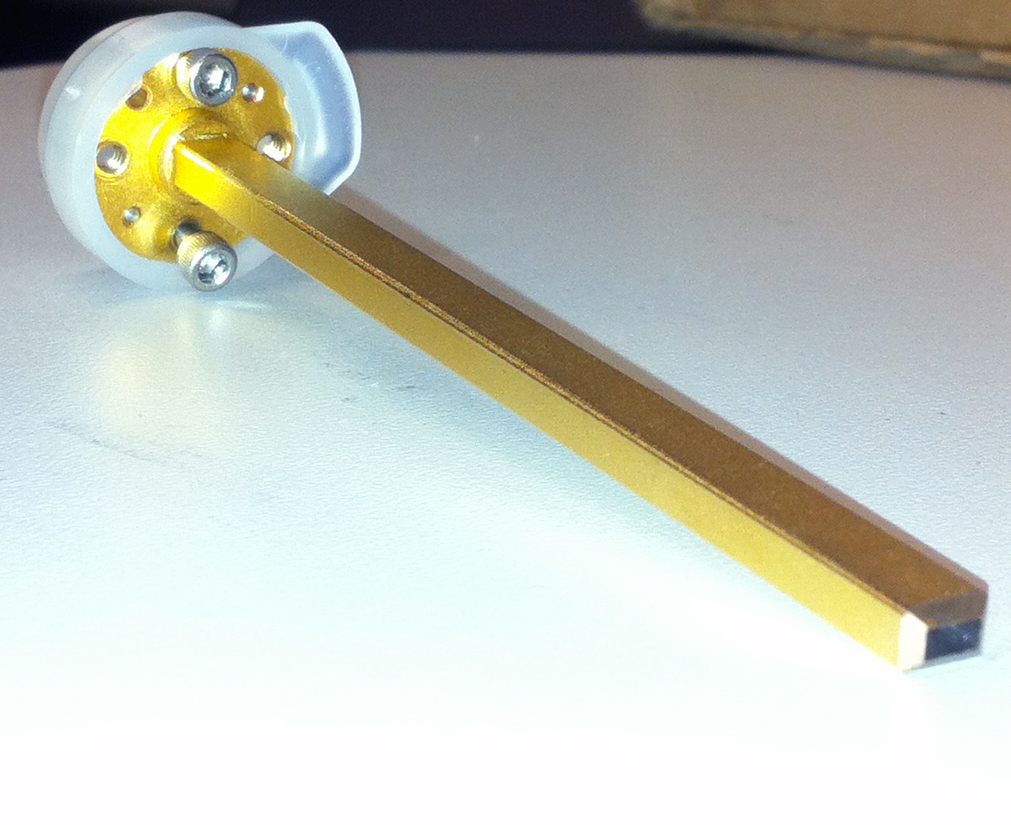Time-Domain RF and Analog Signal Processing (TDRFSP)
One of the most important developments in the wireless industry within the last decade was the invention and popularization of the time-domain analog/RF microelectronics. The new paradigm revolves around a bold premise of "the superiority of a time-domain operation over the traditional voltage-domain operation" in which the time-stamps, rather than the voltage or current levels, are the information carrier. This approach works surprisingly well in nanoscale CMOS processes, being nowadays the mainstream process technology for consumer electronics, with their rising and falling transition times on the order of 10 picoseconds as well as extremely low energy consumption due to the fact that only 100 or so electrons are involved in each transition.
Starting point of this project is our previous work in which the entire wireless transmitter/receiver architecture in which the analog and RF circuits operate was transformed into the time-domain. Specifically, a time-to-digital converter (TDC) and a digitally-controlled oscillator (DCO), which forms an all-digital phase-locked loop (ADPLL), have been proposed to significantly improve the frequency synthesizers operating at multi-GHz frequencies. New infinite-impulse response (IIR) filters have been proposed to process weak antenna signals in the new discrete-time receiver architecture. This new approach drastically improves cost, area/volume, energy consumption and integration level of analog electronic circuits. Consequently, the majority of the 1.6 billion cell phones produced annually are now based on this approach.
However, we believe that the time-domain analog revolution has merely begun and the best is yet to come with new aspects (e.g., ultra-low power, millimeter-wave), circuits (e.g., ADC, DAC) and applications (e.g., satellite communications; non-wireless, such as 3D imagers) begging to be exploited.

Project data
| Researchers: | Bogdan Staszewski |
|---|---|
| Starting date: | September 2012 |
| Closing date: | September 2015 |
| Funding: | 1500 kE; related to group 1500 kE |
| Sponsor: | ERC |
| Contact: | Bogdan Staszewski |